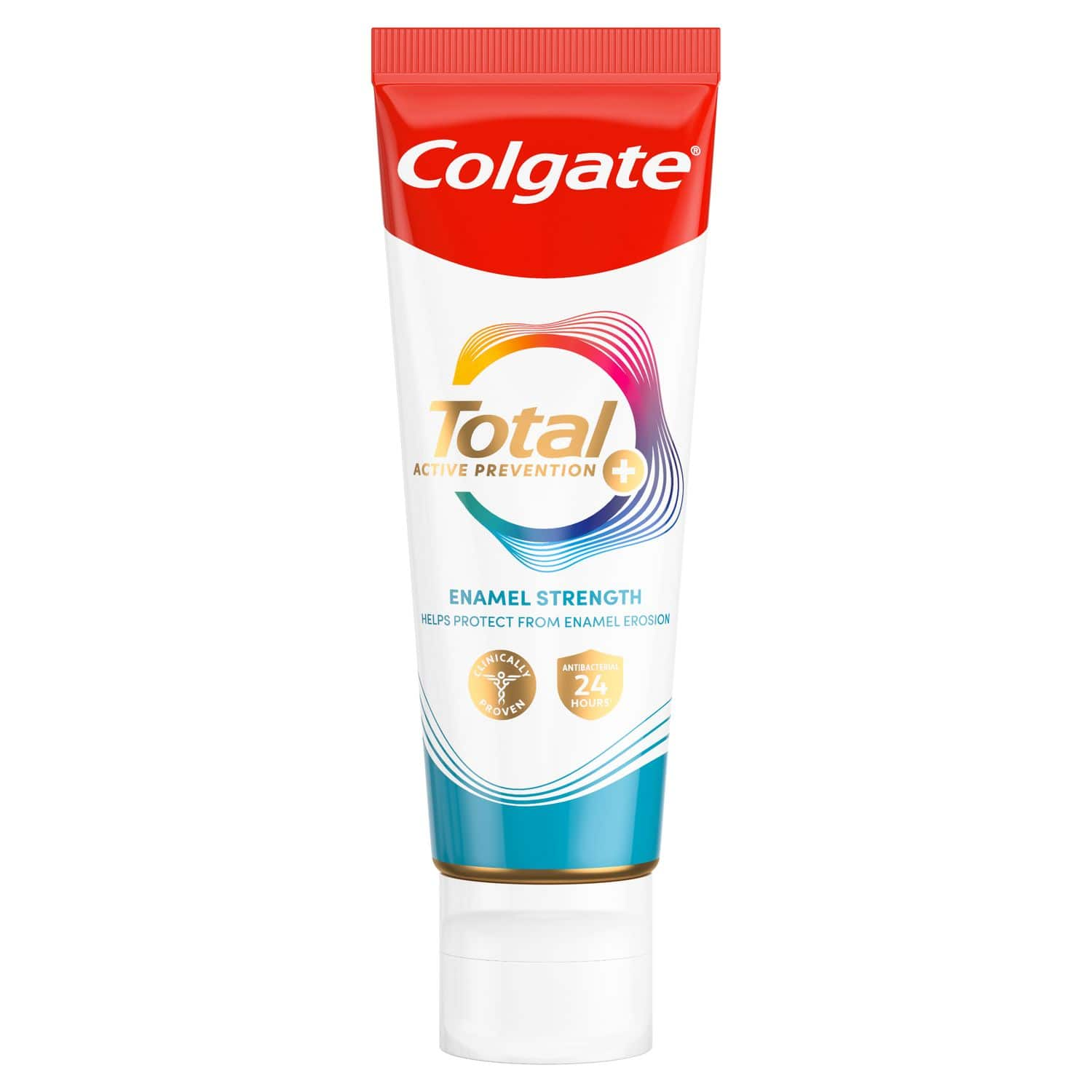Causes of Sensitivity
Sensitive teeth, sometimes called dentine hypersensitivity, is often the result of overzealous tooth brushing, using a hard-bristled toothbrush or the use of an overly-abrasive toothpaste, which can wear away tooth enamel over time to reveal the tooth's inner layer of dentine. Tooth enamel can also erode due to acid reflux, bulimia or a similar condition that causes stomach acid to enter the mouth. It may come from excessive amounts of acidic foods and beverages, as well.
Why Just One Spot?
Keep in mind that grinding or clenching your teeth can cause nerve irritation – in localised areas if you have an imperfect bite – as can products for teeth whitening. And if periodontal disease has caused your gums to recede due to an abscess in one area (more on that below), the exposed root can be just as sensitive to hot and cold.
Tooth Decay
If one sensitive tooth is bothering you, your dentist will examine the tooth in question and ask you to describe your symptoms. Most likely, they’ll take an X-ray to determine if a few common conditions could be the problem – one of which is tooth decay.
In this case, acids produced by the bacteria built up against the tooth can eventually dissolve its enamel, exposing the dentine layer. And because dentine is filled with tiny nerve endings, you may experience temperature sensitivity and pain when biting down. Once your dentist removes the decay and fills the tooth with either an amalgam or tooth-coloured filling, you should be pain-free. A full-coverage crown might be needed for more stability and longevity.
Loose or Broken Filling
Unfortunately, fillings don't last forever, and when they break or become loose, you may experience a sensitive tooth due to bacteria getting underneath, causing the tooth to decay further. Luckily, this problem is easily remedied with a new filling or crown.
Cracked Tooth
A common sign of a cracked tooth is a sharp pain when biting down, but one that disappears after releasing that bite. A cracked tooth may not be visible to the naked eye. It may not even show on X-rays, making a diagnosis difficult. Cracks involving a break around a filling can be repaired with a new filling or crown, but when a crack extends into the pulp of the tooth, you may need root canal treatment before a crown can be placed. Ultimately, a crack that extends below the gumline and into the root of the tooth will need to be removed.
Abscess
An abscessed tooth occurs when the pulp of your tooth – which is made up of nerve and blood vessels – becomes infected. Symptoms can include fever, persistent pain and facial swelling. Usually, there's pus-filled swelling at the root tip, which drains periodically and gives you a bad taste in your mouth. You’ll need root canal treatment to save any tooth that has an abscess.
Recent Dental Treatment
Many people wonder ‘Is it normal to have a sensitive tooth after a filling?’ and the answer is – yes! Dental procedures, like removing deep decay or preparing a tooth for a crown, can inflame the nerves within the pulp tissue. This can cause you to temporarily have a tooth sensitive to hot and cold, but this sensation should stop after a week or two.
Whether you have one sensitive tooth or several, it's wise to see your dentist as soon as possible. Early diagnosis and treatment can ensure that small problems won't progress into more serious dental complications or tooth loss.
Tooth Sensitivity Treatment
Having ruled out other causes for your sensitivity, your dentist may recommend desensitising toothpaste, which helps to seal off the dentine tubules (connected nerves) that cause the discomfort. It usually takes at least a month of regular use before you’ll notice results.
In the meantime, be willing to accept an in-office desensitising treatment like prescription fluoride gel, which you can apply to sensitive areas after brushing. And of course, your dentist will work with you to correct any bad habits that may have contributed to the problem.
If you’re prone to getting sensitive teeth and gums regularly, one of the best things you can do is use a toothpaste that has been specially developed to help the problem. Sensitive toothpastes contain active ingredients such as potassium nitrate and stannous fluoride that block your pain sensors and protect your teeth. If you’re looking for the best toothpaste for sensitive teeth, we’re here to help! Colgate Sensitive Instant Relief Toothpaste has been created with Pro-Argin technology that plugs the areas of exposed dentine that lead to sensitivity. By doing this, our sensitive toothpaste starts to block the pain of sensitivity and brings you the relief you need. For instant relief, you can apply the toothpaste directly to your sensitive tooth or teeth with a fingertip and massage gently for 1 minute up to twice a day.
If you’re waiting for a dentist appointment, or if you can’t access your dentist right now, here are some other things you can try at home to treat hypersensitivity:
- Use small, circular motions when brushing your teeth. Don’t brush from side to side.
- Use a soft-bristled toothbrush and replace it every 3 months.
- Use fluoride toothpaste or products specially formulated for sensitive teeth or strengthening gums, depending on where your sensitivity lies.
- Floss every day - cleaning between your teeth with dental floss or interdental brushes can reach areas your toothbrush can’t.
- Follow your dentist’s advice for looking after your teeth at home.
- Eat a nutritious diet full of fresh fruits, vegetables and whole foods.
- Avoid sugary, fizzy or acidic food and drink as much as possible.
The sooner you get to the root cause of sensitive teeth, the sooner you can get treatment – don’t suffer in silence, make an appointment to see your dentist as soon as possible.
ORAL HEALTH QUIZ
What's behind your smile?
Take our Oral Health assessment to get the most from your oral care routine
ORAL HEALTH QUIZ
What's behind your smile?
Take our Oral Health assessment to get the most from your oral care routine














